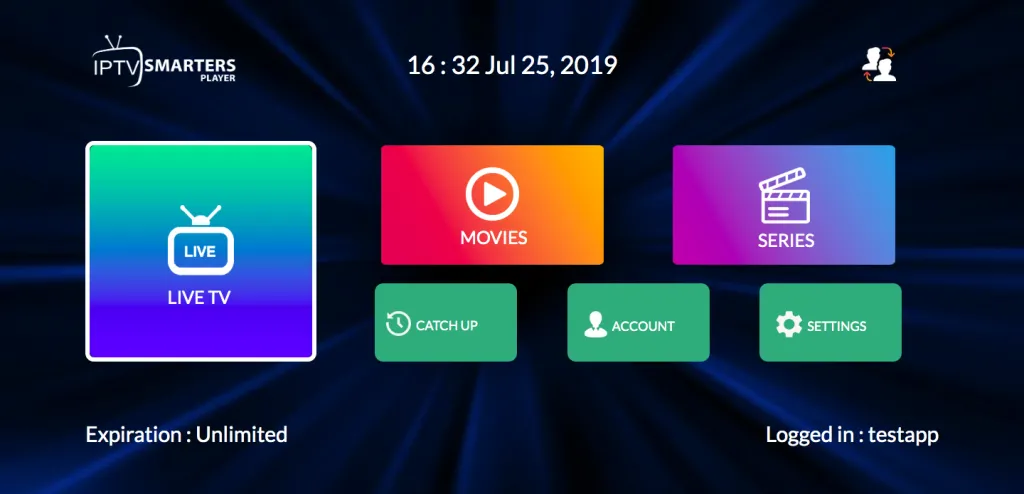
Beyond this, the decision should come down to the apps and services you want. For example, Amazon’s Fire devices are now pretty good, streaming Netflix, iPlayer, All 4, Now TV, Apple TV+, Disney+ and Amazon Prime Video, along with any Google Play movies or TV shows that you might have purchased, through the YouTube app. However, buy the Google Chromecast with Google TV, and you’ll get most of those but not Apple TV+ or Now TV. Being independent, Roku tends to get the widest selection of services, with Now TV, Netflix, Amazon Prime Video and Google TV content all on board.
It goes without saying that you should check that your chosen stick will play your favourite services before you buy, unless you’re prepared to watch some of them through your existing Smart TV apps or another device.
What about an Android TV box?
Alongside the big-name manufacturers, you’ll find plenty of cheap Chinese-made Android streaming devices, often sold at bargain-basement prices. The problem with these is that they’re a real mixed bag, and it’s rarely clear what you’re going to get. While a handful run Google’s official Android TV OS, designed for big-screen use, remote controls and streaming services, the majority run software based on standard smartphone Android, sometimes without access to the Google Play Store. What’s worse, they’re sometimes reliant on older or customised versions of key apps – like Netflix or Amazon Prime Video – that don’t deliver reliable high-quality streaming.
This might sound discouraging – but if you want to run Kodi then an Android box might be the perfect platform. Kodi has an iffy reputation, but the app itself is perfectly legal, and is a great way to watch video from legitimate sources or from your own NAS drive.
Just be aware that Kodi can also be used to illegally stream films and TV shows from dodgy sites, and some sellers offer “fully loaded” Kodi boxes that come with all the add-ons required to do so. If you go exploring those capabilities, you might be straying outside the boundaries of the law.
As we said, there are some exceptions. You can still find Xiaomi’s TV Stick 4K, which runs the same Android TV OS that you’ll find on TVs from Sony, TCL, Toshiba and Philips. Meanwhile, Nvidia’s Shield TV devices run a customised version of Android TV. Google has also hit the IPTV market with its Google Chromecast with Google TV device, which goes further than previous Chromecasts by providing a remote control and Google’s most recent Google TV interface. If you’re more interested in a slick viewing experience than running Kodi, these officially supported devices are a better bet.
READ NEXT: Best Android TV boxes
What other features should I look out for?
All the devices listed will output 1080p (Full HD) video, and a growing number will also stream and play 4K UHD material, complete with High Dynamic Range (HDR). Of these, most support the basic HDR10 or generic HDR standard, but there is growing support for HDR10+ and Dolby Vision, particularly as the latter’s now supported by Netflix, Amazon Prime Video and Disney+ across a good range of content.
The sticks and boxes have also got better when it comes to surround-sound support. All but the cheapest Amazon Fire TV devices will now pass through not just Dolby Digital 5.1 but the superior Dolby Atmos, and the same goes for the Roku Premiere, Roku Streaming Stick+, Roku Streambar and Google Chromecast with Google TV. Of course, you’ll still need a TV or sound system capable of decoding and playing it, plus apps that actively support it.
Many boxes also pack in other features. Some support online music streaming services or will show photos from online photo albums, while many will now play smartphone-level games. On the most advanced you can even stream games from a cloud gaming service or from a PC in another room. That way you can play them on the big screen TV in the lounge, with a Bluetooth games controller to get that authentic console feel.
A final thing to look for is voice control: this certainly beats scrambling for the remote, and can make it a lot easier to choose shows and films from the vast range available. It’s often accessed via a microphone built into the remote control, and some streamers integrate with the Google Assistant or Amazon Echo platforms, so you can issue hands-free commands and use the bundled remote to control other smart devices in the home.




